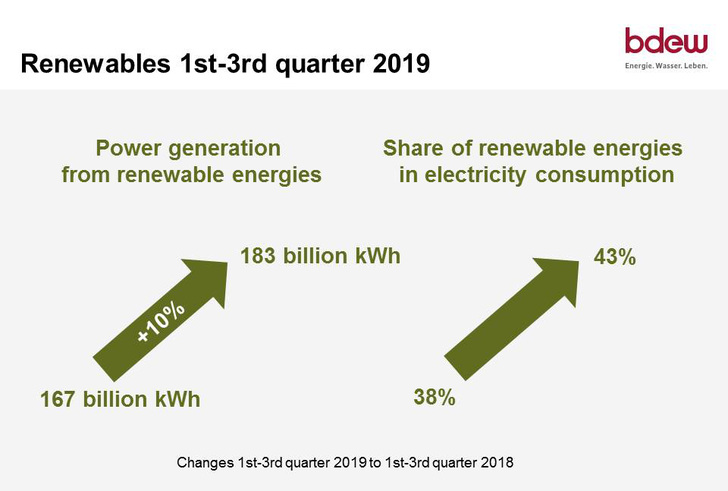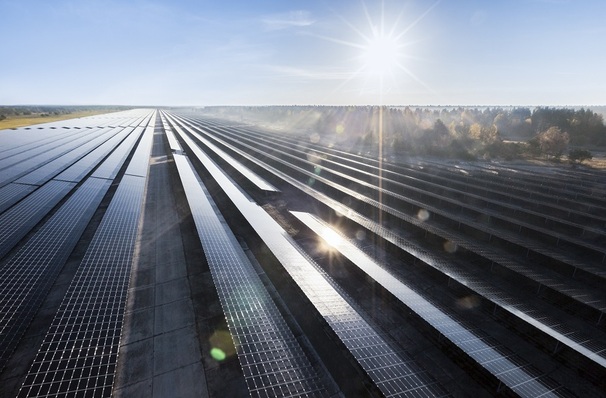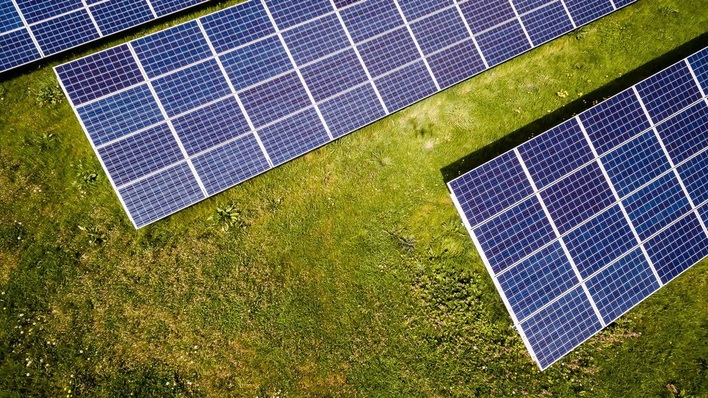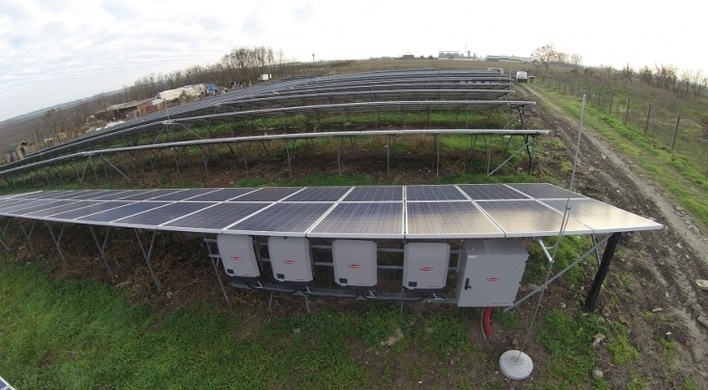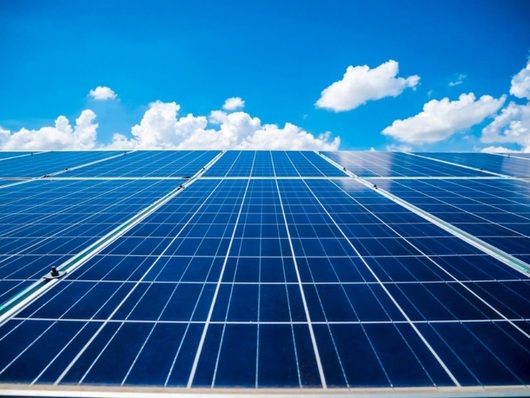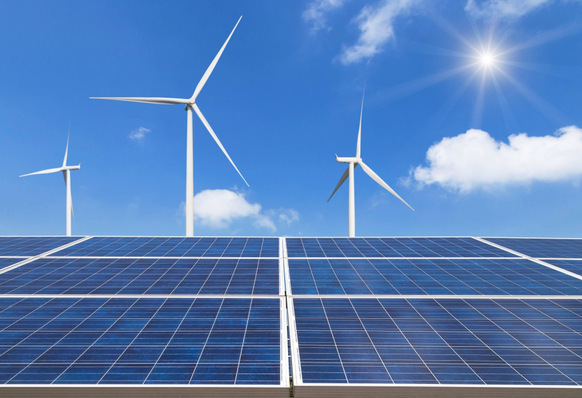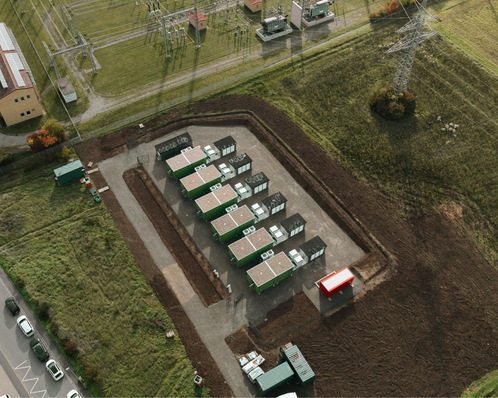This is an increase of nearly five percentage points compared to the same period last year (38.1 per cent), this is a new record. Notably, the share of renewables has climbed as high as 52 per cent during an unusually windy March. The Centre for Solar Energy and Hydrogen Research Baden-Württemberg (ZSW) and the German Association of Energy and Water Management (BDEW) arrived at these figures in an initial assessment. If wind and solar energy yields in the fourth quarter are in line with the last few years’ average, renewables’ share could amount to a good 42 per cent in 2019.
“It is very gratifying to see renewables growing so strongly and the use of conventional energy sources steadily declining. However, the record figures stand in sharp contrast to the dramatic situation in the expansion of wind energy. We are sliding into a real recession for a lack of land and increasingly prohibitive distance regulations. If the political decision makers do not ease off the brakes on the expansion of wind farms, we are going to fall well short of the 65 per cent target,” says Stefan Kapferer, Chairman of BDEW's General Executive Management Board.
Renewables eclipse coal
“Achieving that 65 per cent target will require more than just wind power; we also need photovoltaics as a second pillar,” says Professor Frithjof Staiß, Managing Director of ZSW. “If the photovoltaic expansion does not start picking up speed soon, we are only going to make it halfway to the recently set goal of doubling the installed capacity to 98 gigawatts in eleven years. This is why we also need effective measures to drive the expansion of solar power.”
Solar, wind and other renewable sources generated around 183 billion kilowatt hours of electricity in the first three quarters of 2019 (Q1-3 2018: 166.5 billion kilowatt hours). Renewables accounted for nearly 50 per cent more energy production than lignite and bituminous coal, which contributed 125 billion kilowatt hours (Q1-3 2018: 171.1 billion kilowatt hours) to the total. During this period last year, renewables and coal accounted for close to the same share. By contrast, natural gas-fired electricity production rose by more than 11 percentage points to 66 billion kilowatt hours (Q1-3 2018: 59.4 billion kWh), which is mainly attributable to the higher price of CO2.
Dry summer was bad for hydropower
Onshore wind power remained the leading source of renewable energy in the period under review with nearly 72 billion kilowatt hours. Photovoltaics came in second with around 41 billion kilowatt hours. The amount of electricity generated from biomass remained unchanged at just over 33 billion kilowatt hours. Offshore wind saw the steepest growth, rising by 31 per cent and contributing nearly 17 billion kilowatt hours to electrical power generation in the first three quarters of the year. Another prolonged dry period left the share of hydropower low at around 16 billion kilowatt hours. (mfo)

